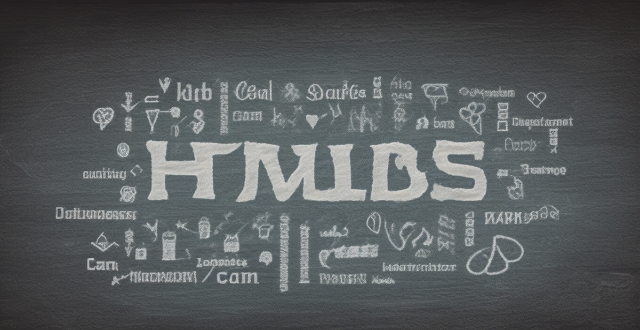Sports injuries can have a significant impact on the physical, mental, and social development of adolescents. Potential long-term effects include chronic pain, limited mobility, disfigurement, anxiety, depression, low self-esteem, PTSD, isolation, bullying, and relationship difficulties. Proper treatment and rehabilitation are crucial for minimizing these effects.

Potential Long-Term Effects of Sports Injuries on Adolescent Development
Sports injuries can have a significant impact on the physical, mental, and social development of adolescents. Here are some potential long-term effects:
Physical Effects
Chronic Pain
Injuries such as fractures or sprains can lead to chronic pain if not properly treated or allowed to heal completely. This can affect an adolescent's ability to participate in sports and other physical activities.
Limited Mobility
Severe injuries may result in limited mobility or range of motion. For example, a knee injury could lead to difficulty walking or running, which can impact an adolescent's daily life and future athletic career.
Disfigurement
Injuries that cause disfigurement, such as scarring from burns or cuts, can affect an adolescent's self-esteem and body image.
Mental Effects
Anxiety and Depression
Adolescents who experience sports injuries may develop anxiety or depression due to the loss of their sport, fear of reinjury, or changes in their appearance.
Low Self-Esteem
Injuries that limit an adolescent's ability to participate in sports or other activities can lead to low self-esteem and feelings of isolation.
Post-Traumatic Stress Disorder (PTSD)
In severe cases, adolescents may develop PTSD following a traumatic sports injury. Symptoms include flashbacks, nightmares, and avoidance behaviors related to the injury.
Social Effects
Isolation
Adolescents who are unable to participate in team sports due to injury may feel isolated from their peers and miss out on important social experiences.
Bullying
Injuries that result in disfigurement or limited mobility can make adolescents targets for bullying by their peers.
Relationship Difficulties
Adolescents who experience sports injuries may have difficulty maintaining relationships with friends and romantic partners, especially if they are no longer able to participate in shared activities.
In conclusion, sports injuries can have a wide range of potential long-term effects on adolescent development. It is essential for parents, coaches, and healthcare providers to be aware of these risks and take steps to prevent injuries whenever possible. Proper treatment and rehabilitation are also crucial for minimizing the long-term impact of sports injuries on adolescents.